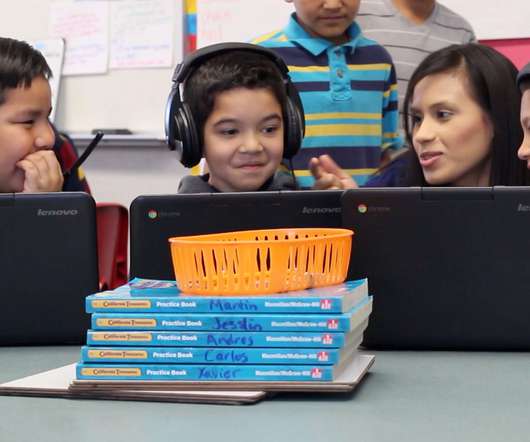Turning ‘Google Maps for Education’ From Metaphor to Reality
Edsurge
JULY 14, 2018
This project maps across existing data standards, making it possible to translate data at all levels and sectors of education and training, such as the MedBiquitous standards for health care and HROpen for human resources. The IEEE Learning Technology Standards Committee (LTSC) plans to update its existing standards based on this work.

















Let's personalize your content